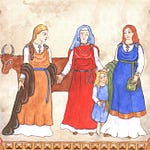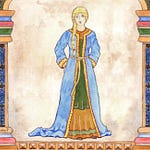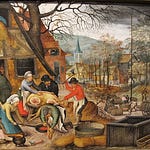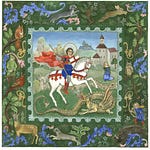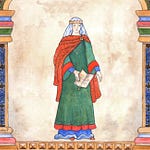Ælfgif-who? provides short biographies of early medieval English women. Click on the podcast player if you’d like to hear this newsletter read aloud in my appealing Yorkshire accent.
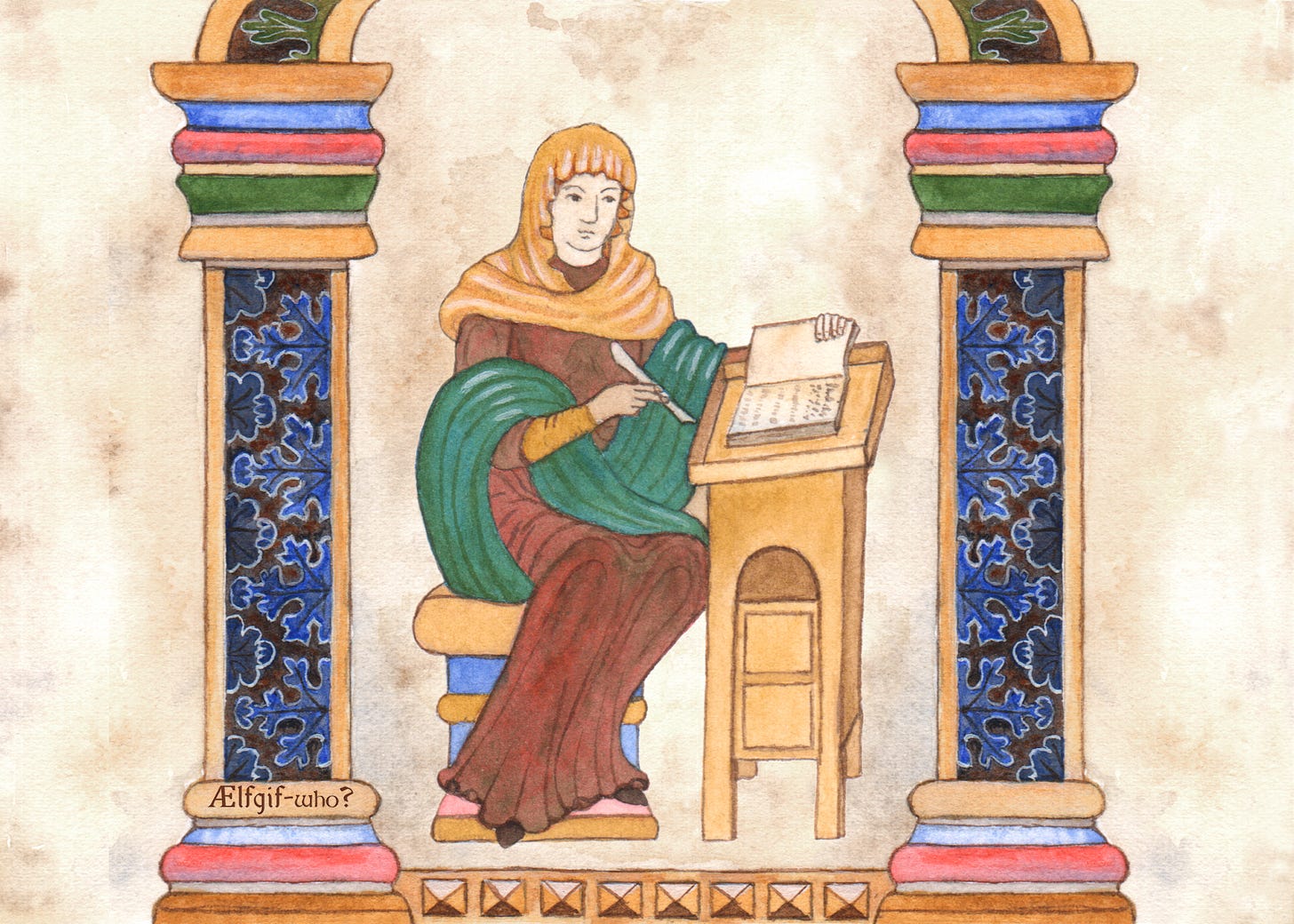
Women and Manuscript Culture in Early Medieval England
A conversation with University of Leicester PhD student Jessica Hodgkinson about her research
The last edition of Ælfgif-who? looked at the amazing discovery of inscriptions of a woman’s name and drawings in an eighth-century manuscript. These discoveries were made due to the careful eye of Leicester University PhD student Jessica Hodgkinson and the use of ARCHiOx’s state-of-the-art 3D photography technology. Jessica observed the name Eadburg in the margins while working with the manuscript as part of her doctoral research on women and book culture in the early middle ages. Looking closely at the manuscripts themselves, Jessica researches women who were the patrons, scribes, owners and readers of books in this period. Now as an exclusive for paying Ælfgif-who? subscribers, we will explore this fascinating topic in more depth with Jessica’s insight.
Books that survive from the early middle ages contain clues about the people who commissioned them, made them, wrote in them, owned them and read them. Historians can look at the evidence in these early medieval manuscripts in order to determine how women interacted with books in this period. Looking at the available evidence, it is indisputable that women were directly involved in early medieval manuscript culture - not only were they reading texts, but they were also actively involved in the process of creating the books in which the texts were written.





